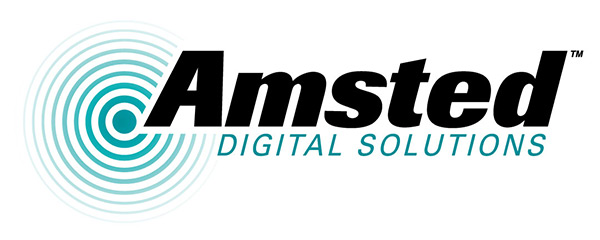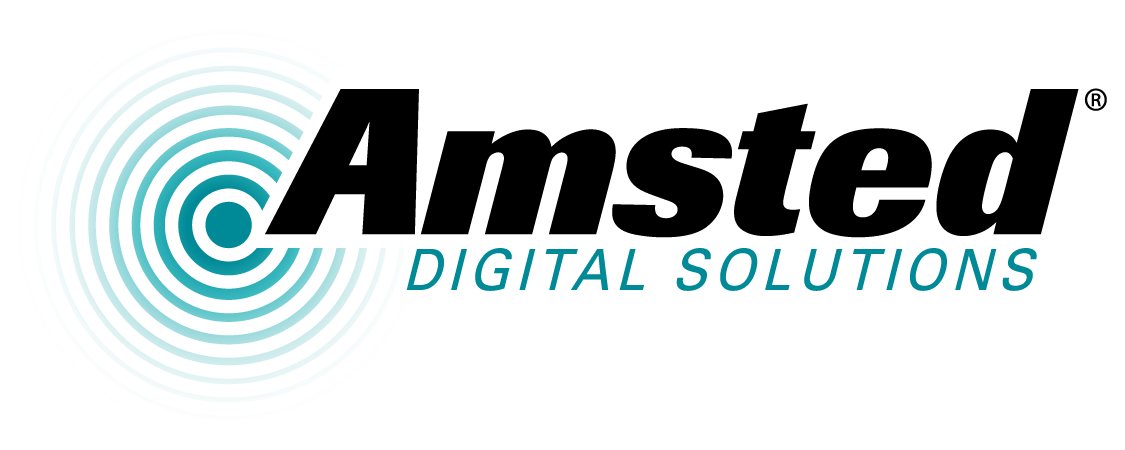If there’s one thing that’s likely to get a railcar owner’s blood boiling, it’s demurrage fees. These financial penalties are applied the moment a car sits on the railroad’s property beyond the allotted timeline between actual placement and release. Demurrage charges also apply to overages involving railroad-owned cars.
For some car owners, the frustration comes from the fact that they feel like they are being nickeled and dimed – the second they hit the deadline on the 24-hour demurrage clock they are billed for another full day. Even if the delay is beyond their control.
Adding to the frustration is the fact that customers often question the accuracy of the charges. Discrepancies are generally due to an oversight, input error or lost/misfiled paperwork. This can result in overbilling, mistaken billing (charging the wrong car/customer) and, on occasion, double-billing.
No one likes paying demurrage. So how can you avoid it?
If you are proactive and prepared, you can take steps that will help you avoid demurrage fees. Here are 5 useful tips to reduce demurrage charges:
1. Carefully review your invoices from the railroad line-by-line.
You’ve heard this advice a thousand times when it comes to your credit card. The same applies to your railroad statements. If you don’t review them right away, you may end up paying for demurrage fees that have been improperly applied to your account. With most North American railroads you have 15 days to dispute a charge. If you miss the deadline, you may be wrongly paying out of pocket.
2. Employ a railcar tracking system to keep accurate time and location records.
By bringing railcar tracking in-house using one of the powerful software suites now available, you have cold, hard data to back you up in the event of a dispute. Tracking is typically done using trackside readers or AEI RFID cards affixed to the car, with data automatically imported into the system.
To dispute a Class 1 charge, you require a record of the dates and times of the order, constructive placement, actual placement and release. With modern cloud-based software solutions, this data is easy to access from any device – anywhere across the continent. It can be included in a dispute submission at the click of a button.
3. Ensure your cargo is pre-cleared and trucks are promptly on time.
Make sure you have a reliable trucking partner you can count on to be there on time with enough capacity. Through proper planning, you can forecast delivery schedules so your trucking partner has plenty of time to load/unload within the allotted free time period. This is another case where a logistics software package with forecasting and planning tools – and multiple user access – can be a huge benefit.
4. Keep track of your “free days.”
Railroads sometimes issue customers “free days” where demurrage charges do not apply. Keep track of these days and take full advantage.
5. Negotiate for extended free time.
If you are a larger shipper, you may be able to negotiate additional free time as part of your contract. It is another way you can leverage your business into a volume discount that will have the added bonus of saving your team from the headaches and frustration that comes with demurrage fees.
Keep your money on your books – not theirs.
Following these tips can save you from paying penalties that can quickly add up. The better organized you are, the easier it is to protect your bottom line and reduce demurrage charges.


